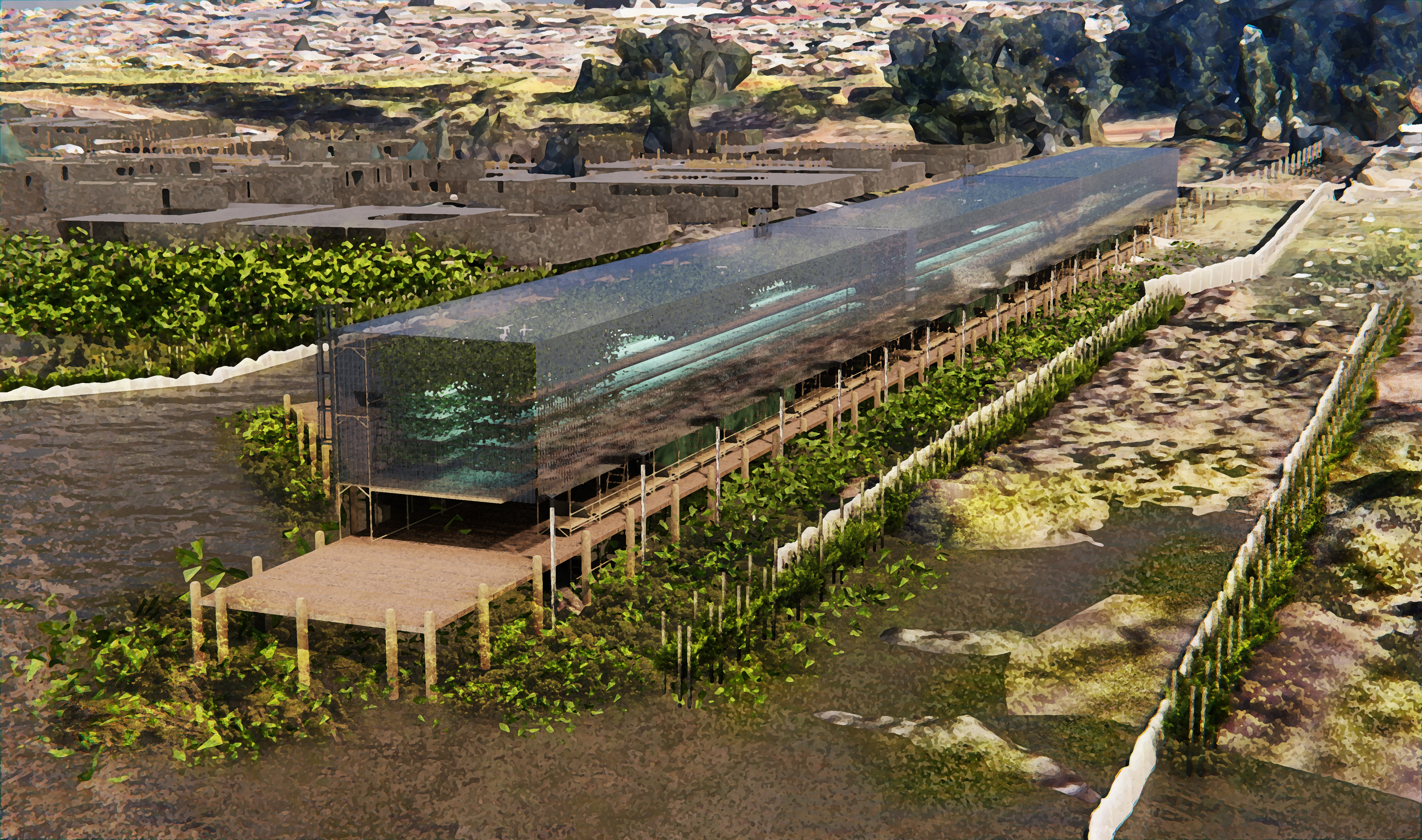3N Ecological Infrastructure
Katlehong
Ekurhuleni
2020
Katlehong
Ekurhuleni
2020
Cities are home to many of the world's most pressing
ecological challenges. Rivers and their riparian social-ecological systems are
critical to the health and well-being of urban communities. The benefits of
rivers and their ecosystems include food production, health and
well-being, using a built environment-spatial planning-green infrastructure
nexus approach across selected riparian social-ecological systems. The use of green infrastructure can help cities better
manage stormwater runoff, improve water quality, reduce flooding and enhance
biodiversity in urban rivers.


Metrorail Katlehong - old Katlehong Cemetery adjacent to Natalspruit River
Climate change is already a reality for many people in developing countries who experience the negative effects of extreme weather events and other impacts of climate change on their lives. While much focus has been placed on building resilience to these effects, there is also an urgent need to address how these changes will affect ecological infrastructure, such as watercourses that provide critical ecosystem services in cities.
This adaptive model enables communities to restore ecological infrastructure and enhance their ability to adapt to climate change. Focusing on women and youth, it builds community ownership over natural assets by engaging local stakeholders in the design and implementation of restoration activities. The model's key components include: (1) identifying local partners and stakeholders; (2) implementing pilot projects; (3) measuring effectiveness; and (4) scaling up the approach in multiple locations across an urban landscape.
Urban natural assets are a key component of ecological infrastructure. Ecological infrastructure is a concept that has been gaining momentum in the field of climate adaptation, and it refers to natural systems that provide benefits to humans, such as water filtration and flood protection. One example of an urban ecological asset is an urban river providing residents with drinking water.






Urban rivers face many challenges, including pollution and low-quality water. When these rivers are damaged, they can harm the surrounding community's health and well-being. This is why it is so important for communities to protect their local rivers from harm.
Sustainable agricultural development and ecological infrastructure are two of the most important components to improving our land use, climate resilience, and filtration systems.
As a result, we must establish programmes for ecological infrastructure restoration and climate resilience to ensure that we can properly address these issues. This will help us identify sustainable agricultural development and ecological infrastructure programs to ensure that they are adequately funded and implemented effectively.
TRANSITION DESIGN
AEDI STUDIO BERLIN, JOHANNESBURG.
AEDI STUDIO BERLIN, JOHANNESBURG.